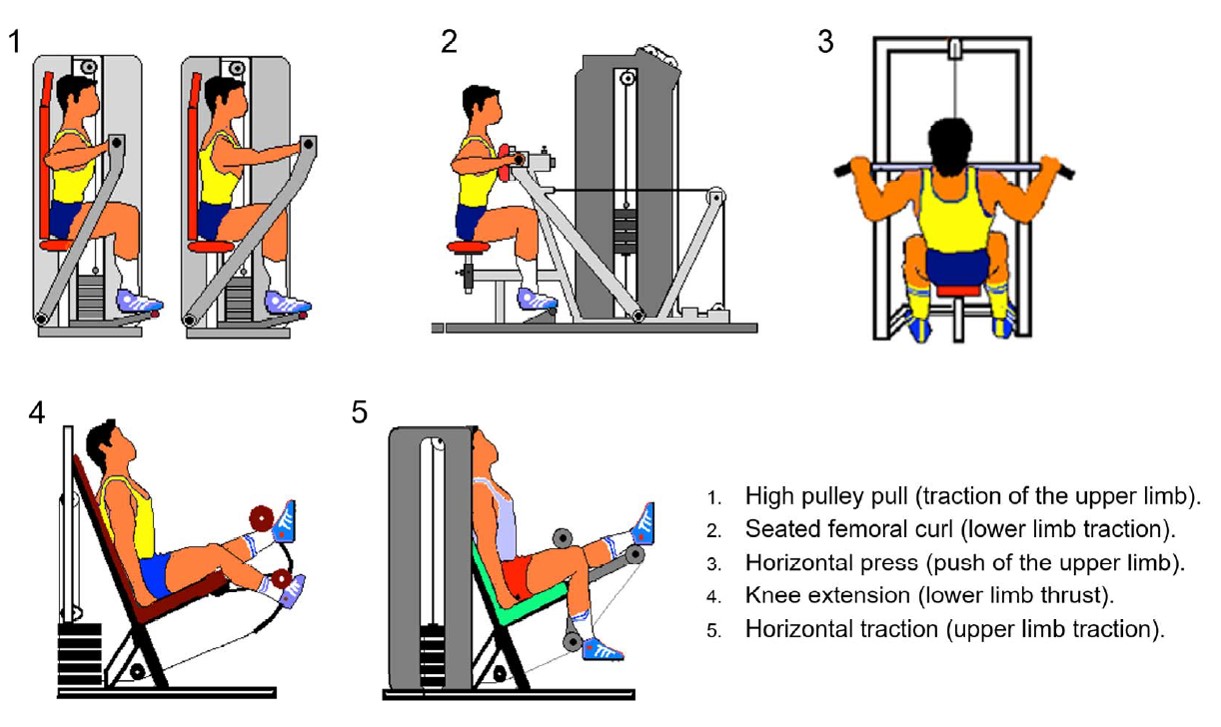INTRODUCTION: Recommendation on physical exercise in patients with hypertrophic cardiomyopathy (HCM) has evolved from a global stressor to a stimulus whose variables are controllable. Our group has recently reviewed and analysed the impact of medications, invasive procedures and also exercise in HCM, reaching the conclusion that physical exercise emerges as a coadjuvant therapy which is safe and associated with benefits on functional capacity1,2. There are several clinical gaps on how to properly stimulate HCM patients with concurrent training to achieve the best dose-response, particularly regarding the optimal intensity or volume of the endurance component, and the type of exercises of the strength training.
AIM AND OBJECTIVES: To examine the impact of a concurrent strength and endurance training on functional capacity by cardiopulmonary exercise test (CPET), serum biomarkers and clinical (ECG, advanced cardiac imaging) related variables in patients with HCM, and the safety training protocol.
METHODS:40 adults HCM patients with obstructive and non-obstructive phenotype (1:1) and 20 healthy age and gender-matched controls will follow a 12-week training program supervised by sport scientists and cardiologists (Fig 1). All participants will be informed of the details of the aims and the protocol and should signed a dedicated consent form. The protocol has been approved by the local Ethical and Research Committee (2021-10-4-HCVA). All participants will undergo an initial and final assessment including anthropometry, quality of life survey, CPET, cardiac examination, ECG, echocardiogram, strength of the upper and lower body, muscle oxygenation, hemogram and blood tests including serum biomarkers analysis before and after the 12-week concurrent endurance and strenght-adapted (Fig 2) training protocol.
EXPECTED RESULTS: The training protocol proposed here will probably improve those previously proposed in terms of the selection and distribution of sessions and exercises, as well as the choice of intensity and adequate volume. In this sense, it is expected to achieve an increase in functional capacity substantially higher than those that have already been documented. Taking into account the results published by our group1,2, an average improvement of 4.33 mL kg−1 min−1 is observed with the protocols used up to now, which represents an increase of 19.5% in functional capacity. Numerous studies establish a threshold value of functional capacity at 7 METs, from which functional HCM patients are considered functional. Therefore, an increase exceeding the threshold and reaching ~26.6 mL kg−1·min−1 of VO2max.would make the average of trained HCM patients progress from "non-functionality" to the functional condition. In addition, training is expected to increase the daily caloric expenditure of patients, thus promoting the achievement of a negative energy balance that facilitates weight loss and improve BMI, which have an independent impact on HCM3.
CONCLUSION: Therefore, in conclusion, it is expected that, as a result of training, patients will improve their symptomatic status and functional class by a safe protocol of training.


